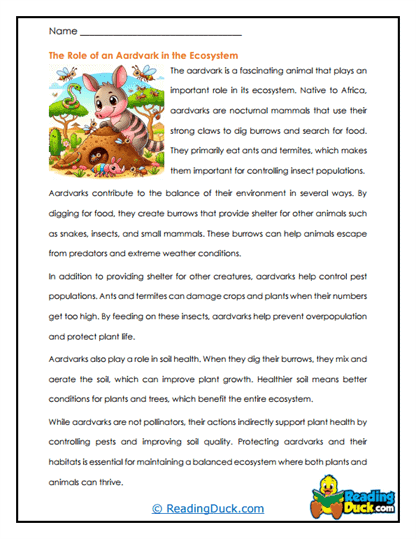
The Role of an Aardvark in the Ecosystem Short Answer
The aardvark is a fascinating animal that plays an important role in its ecosystem. Native to Africa, aardvarks are nocturnal mammals that use their strong claws to dig burrows and search for food. They primarily eat ants and termites, which makes them important for controlling insect populations.
Aardvarks contribute to the balance of their environment in several ways. By digging for food, they create burrows that provide shelter for other animals such as snakes, insects, and small mammals. These burrows can help animals escape from predators and extreme weather conditions.
In addition to providing shelter for other creatures, aardvarks help control pest populations. Ants and termites can damage crops and plants when their numbers get too high. By feeding on these insects, aardvarks help prevent overpopulation and protect plant life.
Aardvarks also play a role in soil health. When they dig their burrows, they mix and aerate the soil, which can improve plant growth. Healthier soil means better conditions for plants and trees, which benefit the entire ecosystem.
While aardvarks are not pollinators, their actions indirectly support plant health by controlling pests and improving soil quality. Protecting aardvarks and their habitats is essential for maintaining a balanced ecosystem where both plants and animals can thrive.